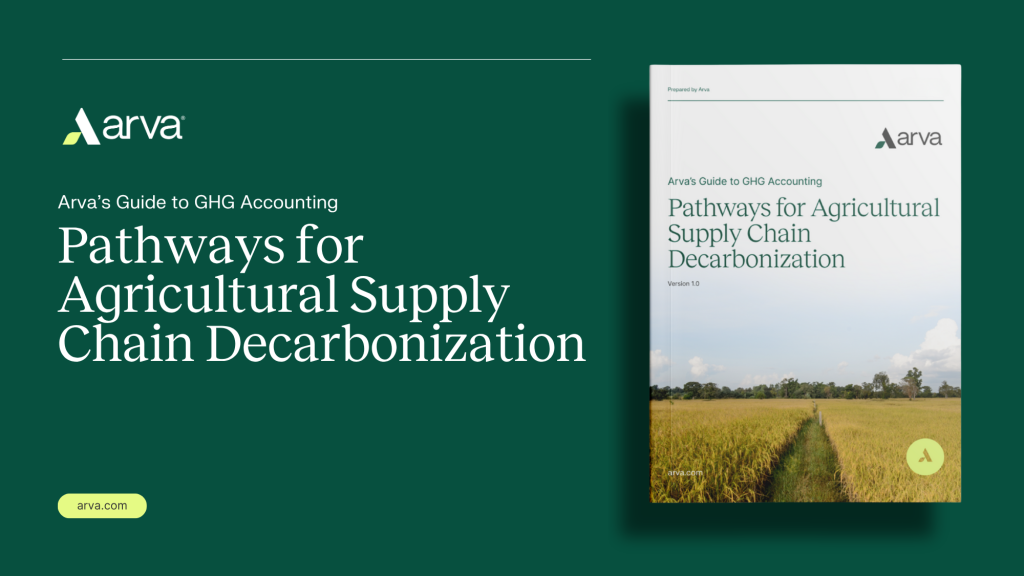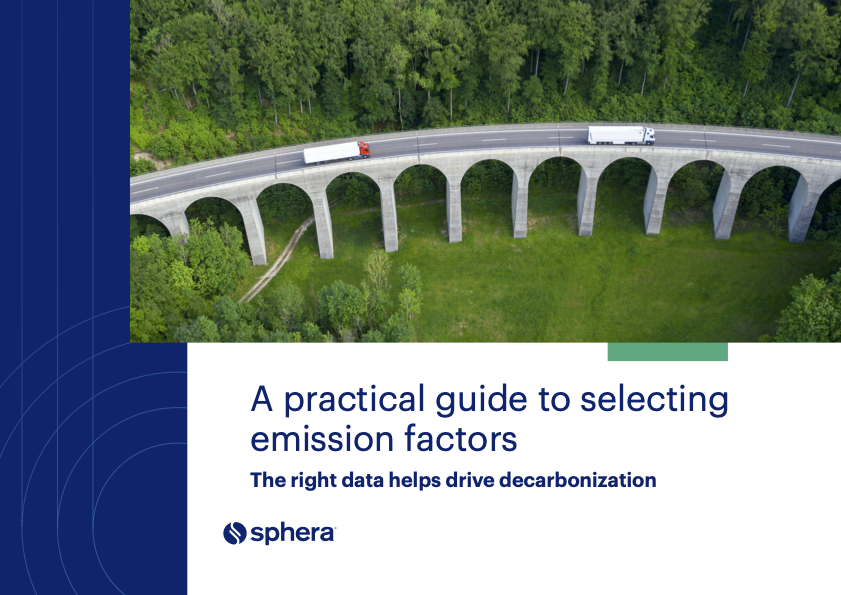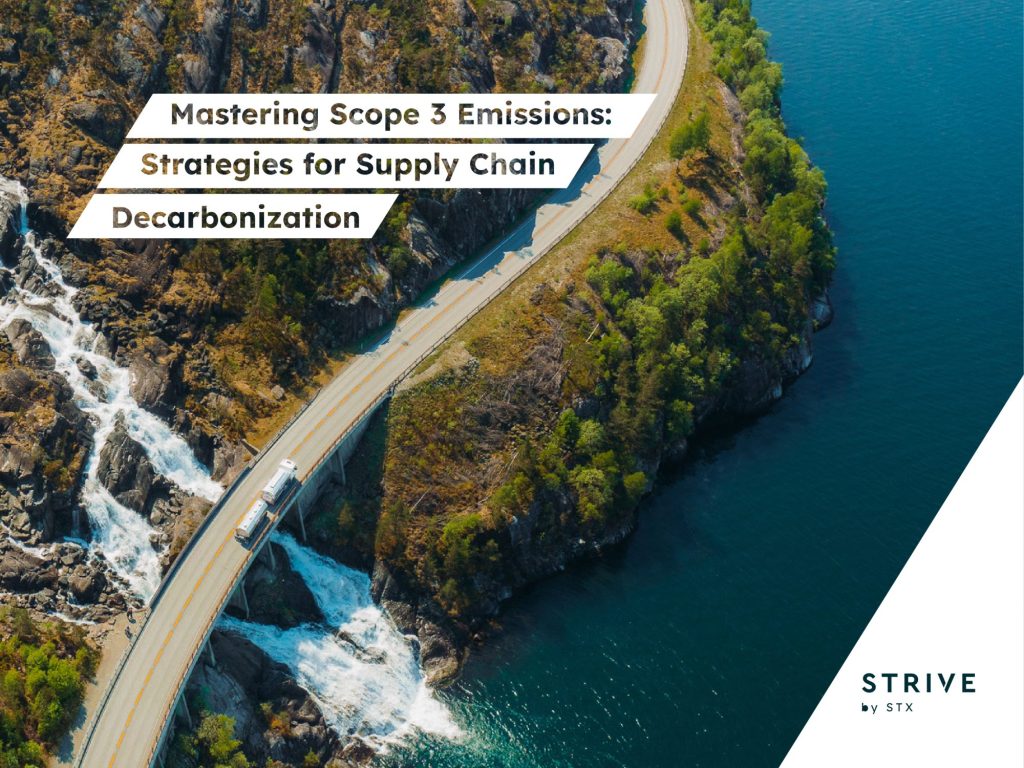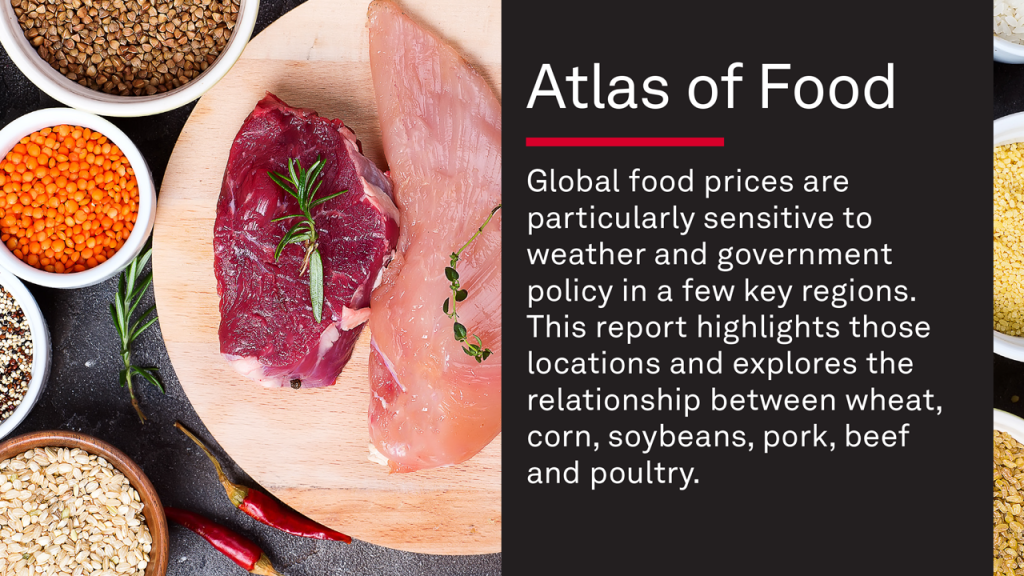Updated Energy Savings Analysis of H.R. 2454, the American Clean Energy and Security Act
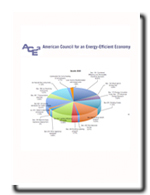
The federal energy efficiency provisions included in H.R. 2454, the American Clean Energy and Security Act (a.k.a. Waxman-Markey), could save approximately $1,050 per household by 2020 and $4,400 per household by 2030, according to an updated analysis by the American Council for an Energy-Efficient Economy (ACEEE).
Changes to ACEEE’s analysis come from an updated assessment of savings from a number of provisions, as well as changes to the bill made in a Rule’s Committee version of the bill released yesterday.
Changes to the efficiency provisions bill include the addition of Smart Grid appliances in the Best-In-Class Appliance Deployment Program and a new program operated by small rural electric cooperatives to reduce customer bills and promote energy efficiency and renewable energy. In addition, 10 percent of the SEED (State Energy and Environmental Development) program is set aside for transportation programs that reduce greenhouse gas emissions. The bill also changed the distribution of R&D funds, 70 percent of which will go to Advanced Energy Research and 30 percent of which will go to “Energy Innovation Hubs” at universities.
The energy efficiency provisions in the bill will reduce the transitional costs of capping carbon pollution. Savings from reduced energy use will be reinvested locally, creating a multiplier effect that will generate economic activity and jobs. ACEEE estimates that approximately 305,000 jobs will be created by the energy efficiency provisions in H.R. 2454 by 2020, with a total of 770,000 jobs generated by 2030.
Moreover, the transitional cost of cap-and-trade legislation is reduced by investment in efficiency because fewer new energy facilities are needed and fewer upgrades are needed in existing facilities to help meet emissions ceilings-creating significant additional consumer savings.
In total, the energy efficiency provisions in H.R. 2454 could reduce U.S. energy use by 5.4 quadrillion Btu’s, which accounts for about 5 percent of projected U.S. energy use in 2020. This 5 percent savings in 2020 is about the same as what U.S. EPA estimated in a June 23 analysis. These energy efficiency savings are more than the annual energy use of 47 of the 50 states, including New York State.
Furthermore, such savings will avoid about 345 million metric tons of carbon dioxide emissions in 2020, the equivalent of taking 57 million cars off the road for a year. By 2030, these energy efficiency savings grow to 12.3 quadrillion Btu’s, accounting for about 12 percent of projected U.S. energy use that year. ACEEE’s 2030 savings are larger than EPA’s, in part because ACEEE’s efficiency analysis included several provisions that EPA did not have time to model.


